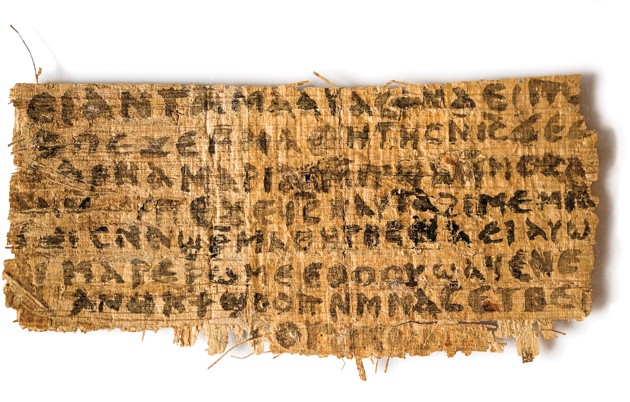Aslan first did a bachelor’s degree is in religious studies with a minor was in biblical Greek. He then did graduate work at Harvard University in world religions, and a Ph.D. from UC Santa Barbara in the sociology of religions. He also has an MFA from the University of Iowa.

In this story from 2000 years ago, we follow an itinerant Jewish preacher and miracle worker who walked across Galilee and gathered around him followers to establish what he called the “Kingdom of God.”
He is a revolutionary. His movement threatened the established order. Like others of his time, he was captured, tortured, and executed as a state criminal.
What first caught my interest in Aslan's interview was that his disillusionment with the Bible stories grew as he studied them because of the inconsistencies of the stories told in the gospels, both those we know "officially" and others including the gnostic gospels.
The book puts Jesus back into his era. This first-century Palestine was filled with many Jewish prophets, preachers, would-be messiahs, miracle workers and magicians. It was the age of zealotry, which was a fervent nationalism that made resistance to the Roman occupation a sacred duty incumbent on all Jews.
The entire story is filled with contradictions. Jesus was a man of peace who told his followers to arm themselves with swords. He gave public displays of exorcisms and healings, but told his disciples to keep his identity a secret.
But the early Christian church portrayed Jesus as a peaceful spiritual teacher rather than a politically conscious revolutionary.
In another book, No god but God , Reza Aslan explains Islam. That is a topic that is also ancient but certainly is highly topical now.
My reading of his books and further online searching led me to discover stories of "Jesus’s Wife." Though it sounds like a chapter from The Da Vinci Code, Aslan also discusses in Zealot the women who followed Jesus.
Was Jesus Christ married to one of them? A scrap of manuscript suggests that he had a wife.
 |
| “The Gospel of Jesus’s Wife” papyrus (Karen L. King / Harvard / AP) |
When the Harvard historian of early Christianity, Karen L. King, presented the papyrus in 2012 at a conference in Rome, it caused a lot of interest and controversy. And the controversey seems to still be ongoing.
No manuscripts before had mentioned Jesus being married. The scrap of writing suggested that the complete manuscript might describe a dialogue between Jesus and the apostles over whether his “wife” was “worthy” of also being a disciple.
Was that woman Mary Magdalene? Aslan says that for a Jewish man of that time not to be married when he was in his thiries would have been very unusual. Jesus’ marriage would have been arranged by his parents, probably between his 16th and 30th birthdays. In rabbinic literature the age of twenty is given as the upper limit of marriage, and it was especially important for aspiring teachers and religious leaders.
 |
| portion of da Vinci's Last Supper |
Aslan doesn't really say that Jesus was married. Of course, many Christians refute Aslan's other claims. I saw articles online that claim his book is a Muslim view of Jesus. Conservative Christians also hated the recent Noah film for inserting what they saw as a a message about climate change. They were outraged by Martin Scorsese depicting Jesus as having sexual fantasies about Mary Magdalene in 1988’s The Last Temptation of Christ.
To humanize Jesus is to take him away from being a messiah or son of God. If, as Aslan posits, Jesus was married, was not a "virgin birth," that he was a Zealot who did not want to start a religion and that Jesus did not conceive of himself as partly divine - then we have some problems with the religions that believe those things to all be true.
No comments:
Post a Comment